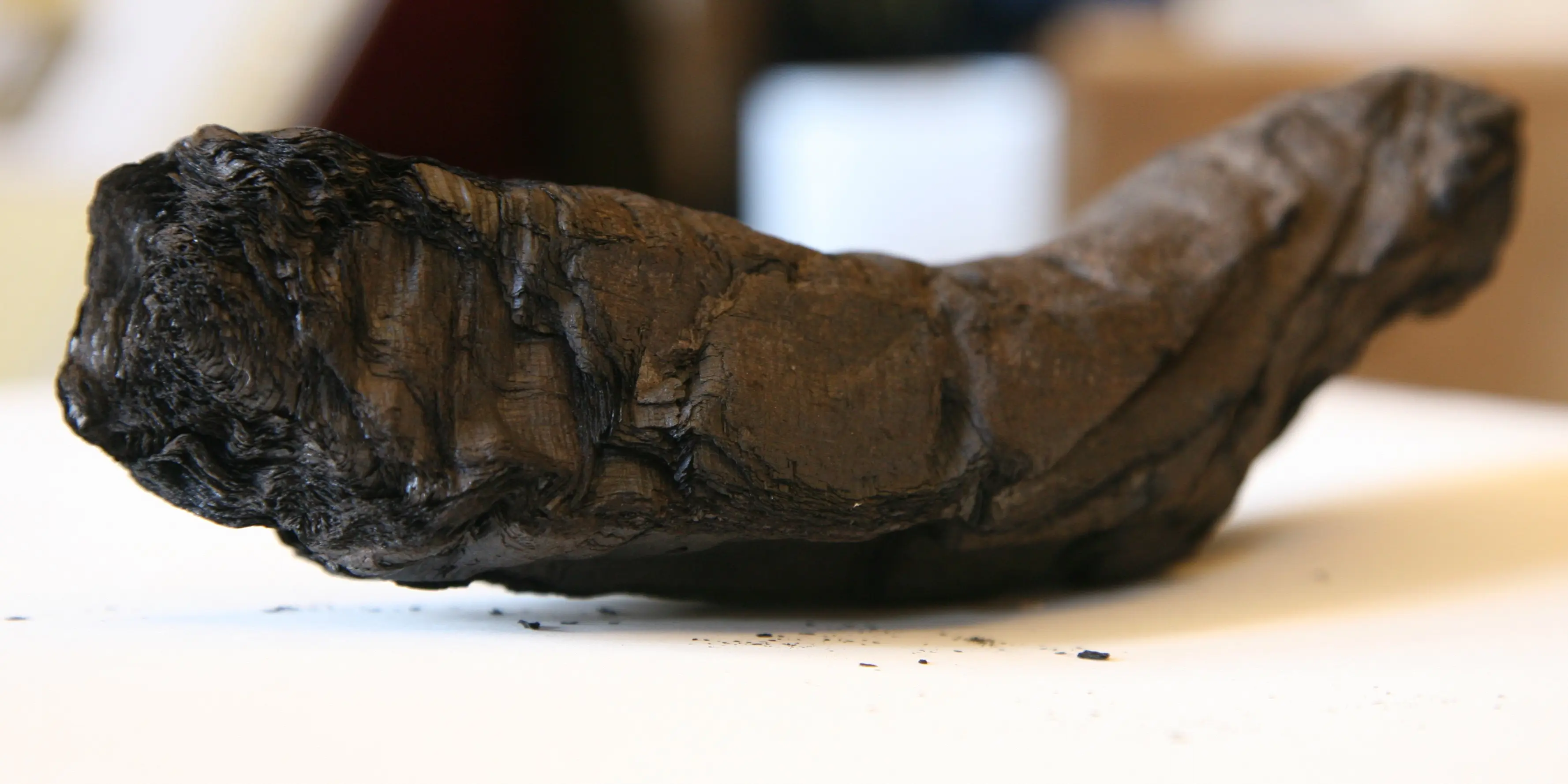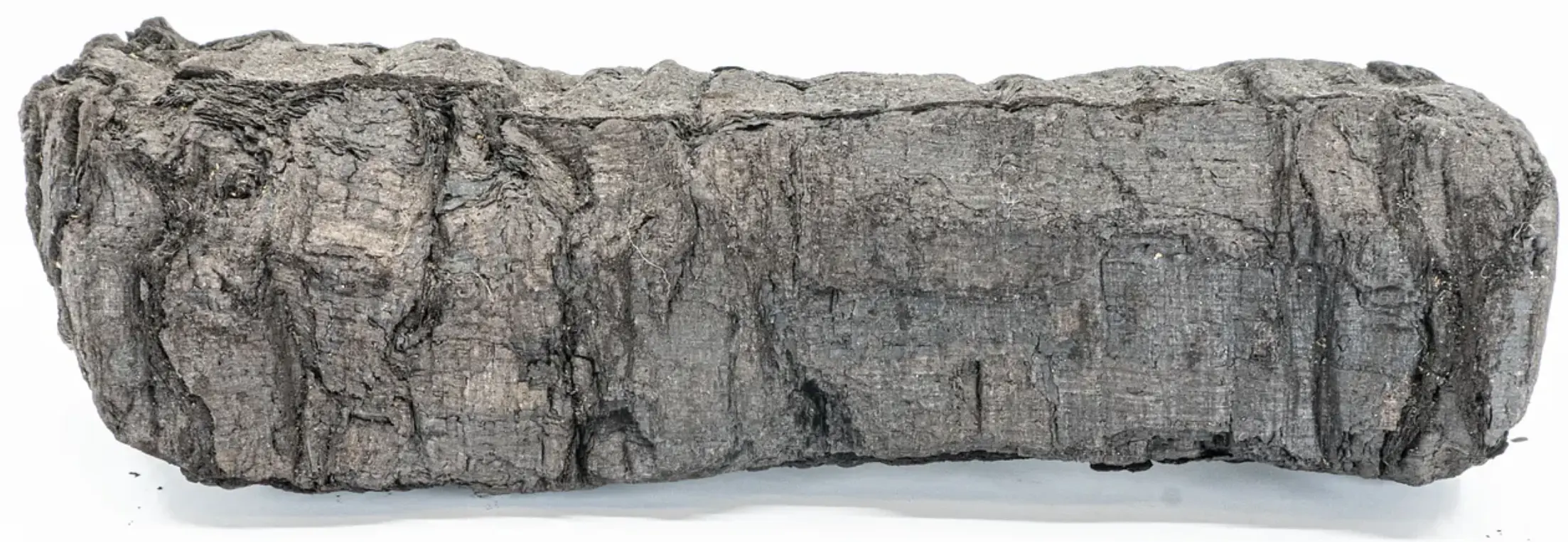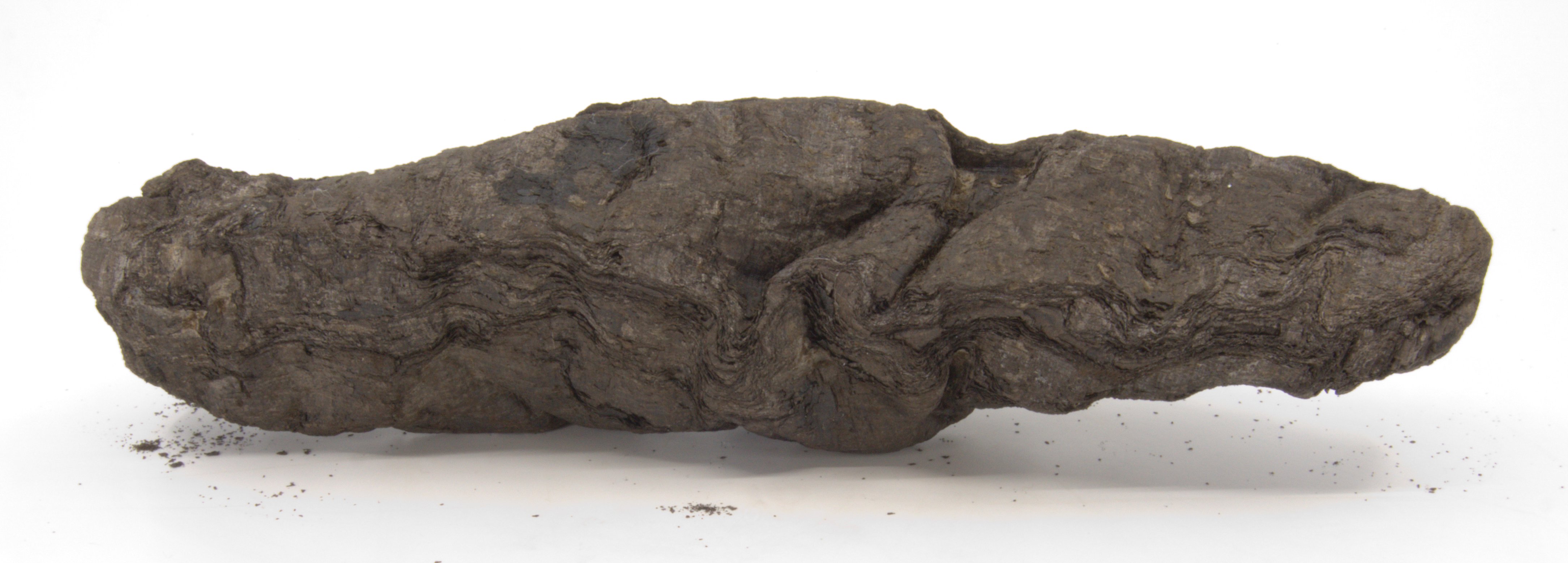Scrolls
3D X-ray micro-CT scans of the scrolls were performed either with the I12 Beamline at the Diamond Light Source synchrotron or with the BM18 Beamline at the ESRF synchrotron. Scanning capabilities include different combinations of pixel sizes (2.4µm, 3.24µm, 7.91µm, ~9.2µm) and energy levels (53keV, 70keV, ~77keV, 88keV, 90keV, 105keV, ~110kev). The scan conditions for each scroll are listed below.
Scan outputs are "volumes", provided either as a stack of 2D .tif files (horizontal slices from bottom to top) or OME-Zarr (multiscale 3D arrays).
The file size and number of .tif files for each volume vary depending on the physical size of each scroll.
For more technical details, see EduceLab-Scrolls: Verifiable Recovery of Text from Herculaneum Papyri using X-ray CT and EduceLab Herculaneum Scroll Data (2023) Info Sheet.
Work‑in‑progress 👷♀️ The Info Sheet about the scrolls scanned on BM18 at ESRF will be released in a later moment.
You can find the scroll data either on this repository in the full-scrolls/ folder or in this other repository.
The data files are big. We believe this resolution is necessary to detect ink, as suggested by the excellent paper From invisibility to readability: Recovering the ink of Herculaneum.
PHerc. Paris 4 (Scroll 1)
From the Institut de France. The scroll for which we have by far the most segments, and in which the first letters have been discovered and the 2023 Grand Prize was claimed.

Volumes:
- 20230205180739 (scroll top half): 7.91µm, 54keV, 14,376 x 128MB .tif files. Total size: 1.84 TB
- 20230206171837 (scroll bottom half): 7.91µm, 54keV, 10,532 x 130MB .tif files. Total size: 1.37 TB
PHerc. Paris 3 (Scroll 2)
From the Institut de France. Has proven harder to segment due to many compressed layers. The main volume has a scanning artifact in the middle of the volume, but much analysis is still possible.

Volumes:
- 20230206082907 (scroll top half): 7.91µm, 54keV, 6,586 x 191MB .tif files. Total size: 1.26 TB
- 20230210143520 (scroll bottom half): 7.91µm, 54keV, 14,428 x 243MB .tif files. Total size: 3.50 TB
- 20230212125146 (slab within top half): 7.91µm, 88keV, 1,610 x 189MB .tif files. Total size: 304 GB
PHerc. 332 (Scroll 3)
From the Biblioteca Nazionale di Napoli. A smaller scroll known as a midollo (marrow), left over from physical unwrapping attempts of the larger original scroll. Due to the small size, could be scanned in entirety at extremely high resolution (3.24µm).

Volumes:
- 20231027191953 (entire scroll): 3.24µm, 53keV, 22,941 x 178MB .tif files. Total size: 4.07 TB
- 20231117143551 (entire scroll): 7.91µm, 53keV, 9,778 x 24MB .tif files. Total size: 236 GB
- 20231201141544 (entire scroll): 3.24µm, 70keV, 22,932 x 178MB .tif files. Total size: 4.06 TB
PHerc. 1667 (Scroll 4)
From the Biblioteca Nazionale di Napoli. Similar in size to Scroll 3.

Volumes:
- 20231107190228 (entire scroll): 3.24µm, 88keV, 26,391 x 130MB .tif files. Total size: 3.41 TB
- 20231117161658 (entire scroll): 7.91µm, 53keV, 11,174 x 23MB .tif files. Total size: 257 GB
PHerc. 172 (Scroll 5)
From the Bodleian Library in Oxford. Similar in size to Scroll 1.

Volumes:
- 20241024131838 (entire scroll): 7.91µm, 53keV, 21,000 x 122MB .tif files. Total size: 2.56 TB
PHerc. 139
From the Biblioteca Nazionale di Napoli.

Volumes:
- 20250728140407 (entire scroll): 9.4µm, 113keV, 1.2m propagation distance. uint8 OME-Zarr archive. Total size: 287.4 GB
- 20250820105138 (3 cm tall slab): 2.4µm, 77keV, 0.22 propagation distance. uint8 OME-Zarr archive. Total size: 3.8 TB
- 20250822062710 (3 cm tall slab): 2.4µm, 77keV, 0.22 propagation distance. uint8 OME-Zarr archive. Total size: 3.9 TB